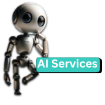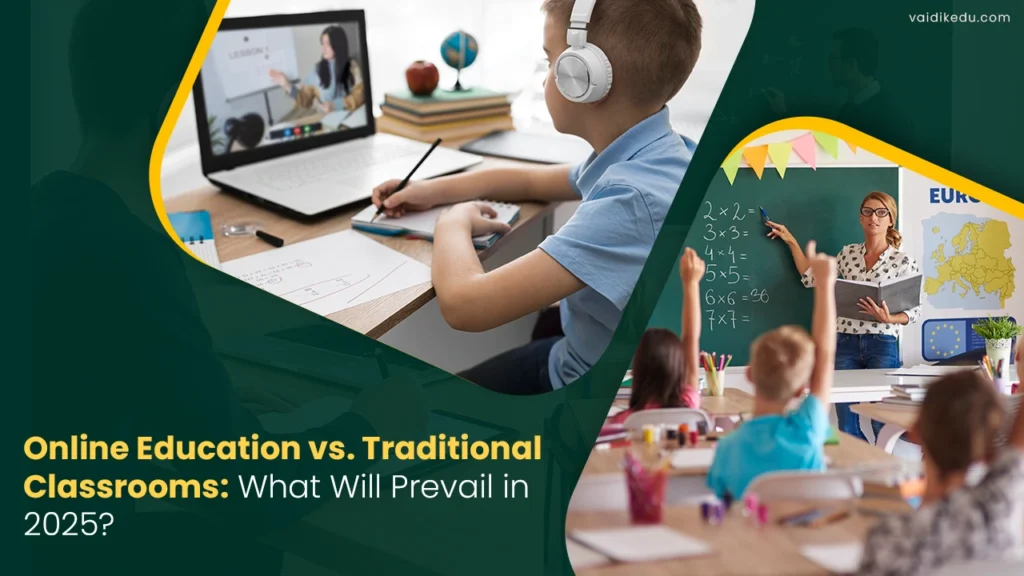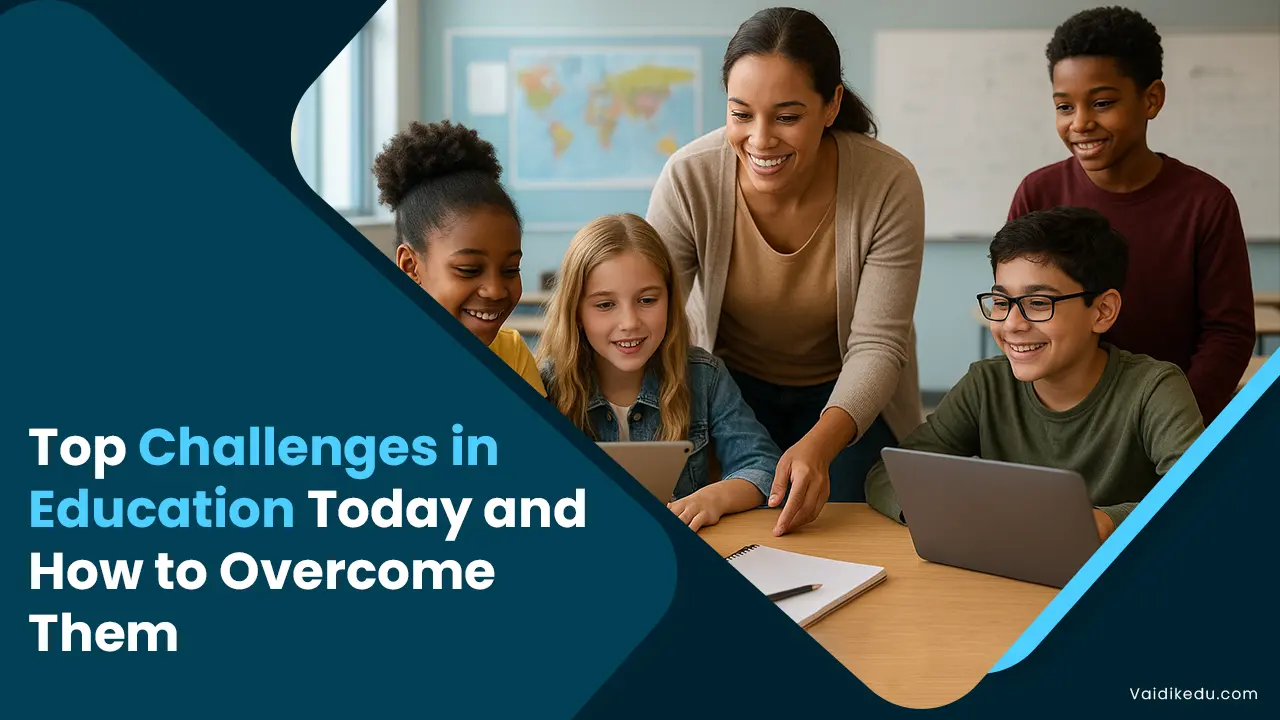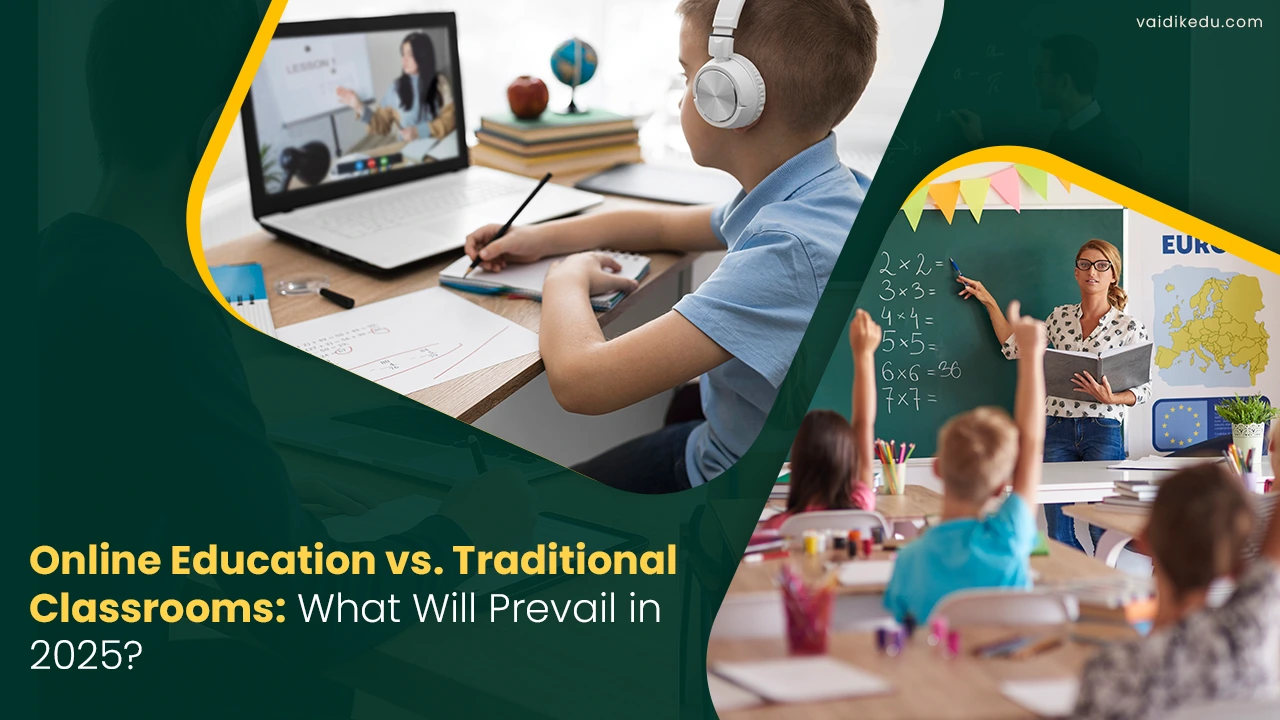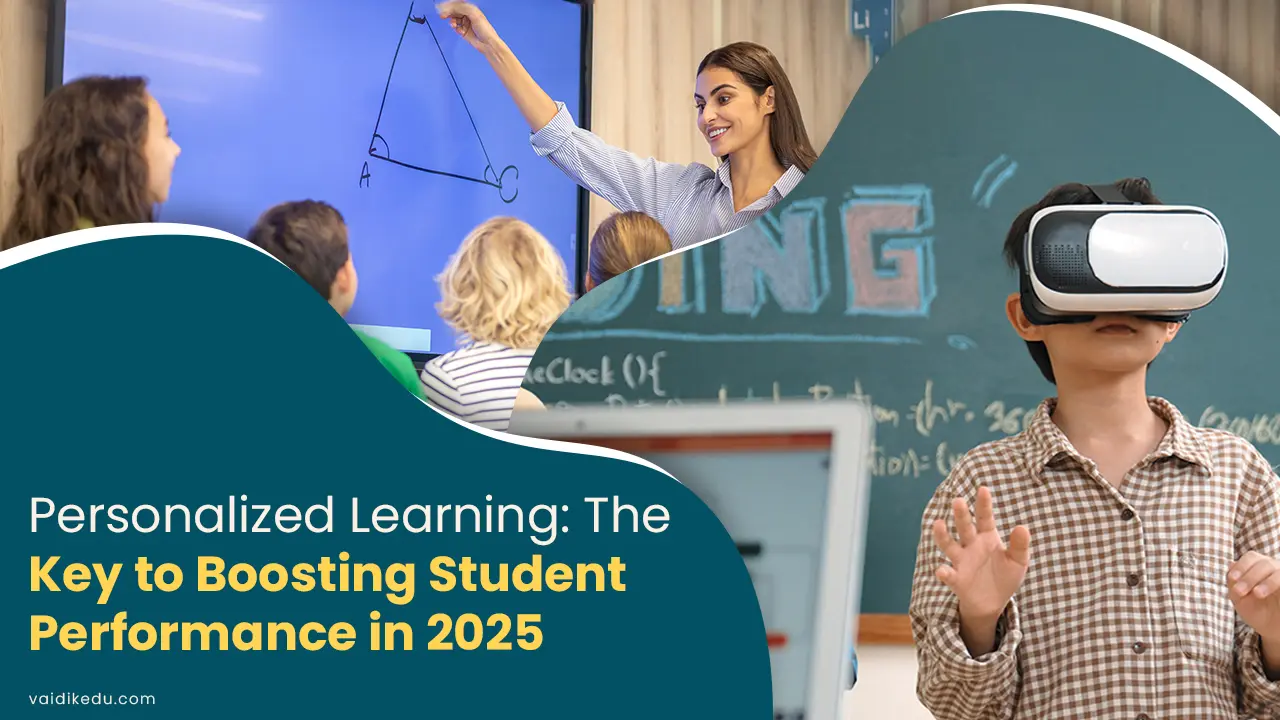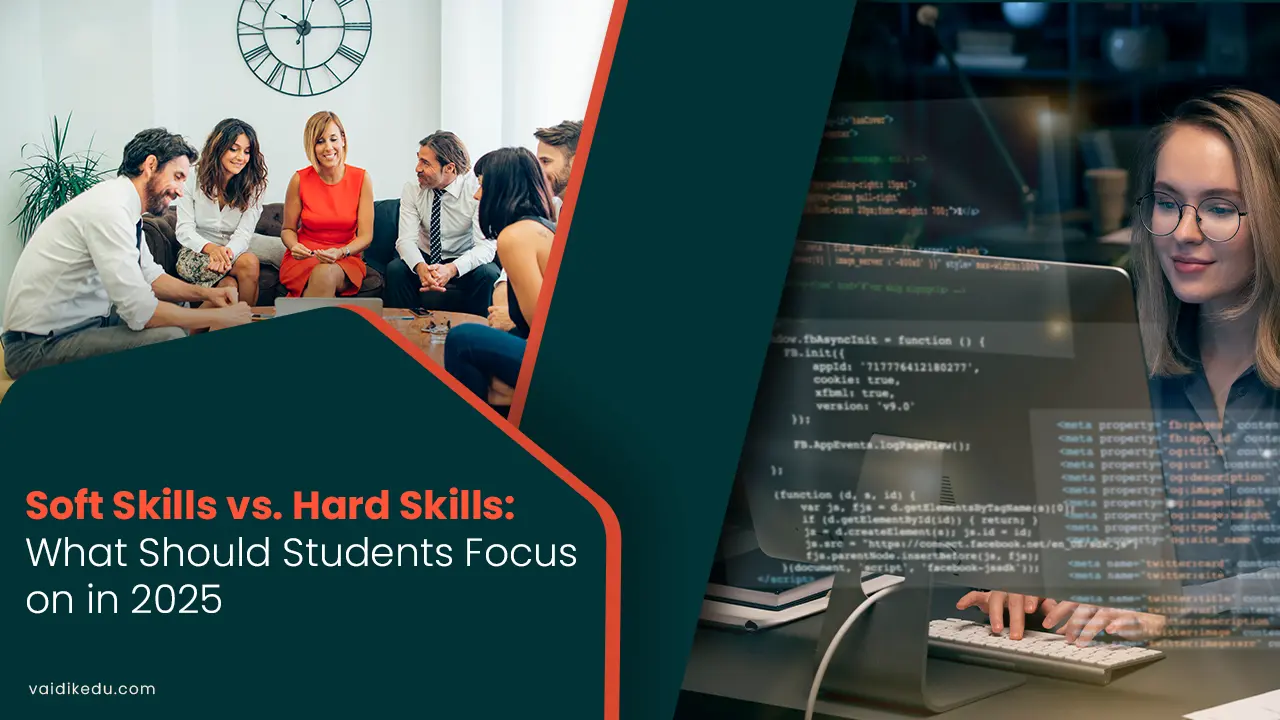With advances in technology and shifting needs within society, the educational landscape is moving fast. The traditional classroom is gradually becoming the exception as online education takes over, not as something supplemental but as the main alternative: education offered on the Internet.
For a while, Covid-19 changed the landscape as schools, colleges, and universities around the world were shifted online. Going into nowadays, it’s a question of whether online education is finally going to overtake traditional classrooms.
It has described the strengths and weaknesses of the two models and examined their applicability to this day and which one will likely prevail in the future.
Education Evolution
The historical drastic change in education was from when one used to learn casually and among their community to classroom instruction. Today, the modern digital revolution introduces a different way of delivering knowledge to learners.
E-learning is becoming one of the many alternatives to conventional teaching. Both models of teaching have the strengths and weaknesses unique to their model and help address a variety of different needs and situations.
Understanding Online Education
Online education is the process of providing educational content using digital media. This involves live virtual classes, recorded lectures, working on assignments, and online tests. Innovations on platforms like Coursera, Khan Academy, and Zoom have made online education possible and flexible.
Advantages of Online Education
- Flexibility And Accessibility
Online education offers a flexible opportunity to learn at your own pace and your convenience. This model is considerably beneficial for working professionals and individuals living in distant locations.
- Economical
Online courses are less expensive than the ones on campus; one does not have the expenditure of travel, accommodation, or infrastructure.
- Tailor-Made Learning
Technology offers personalized learning. Adaptive learning systems study the strengths and weaknesses of a student and change content according to them.
- Reach And Accessibility
Online learning breaks geographical barriers. Students can enroll in classes offered by institutions around the world.
Disadvantages of E-learning
- Lack of Social Interactions
E-learning is not social because it lacks peer interaction just as in the case of traditional classes.
- Inequitable Access To Information
Not all people have access to the devices and the connections to the internet, and thus, they cannot enjoy e-learning.
- Quality Concerns
Since there is not much regulation, online education quality varies. Accreditations mean value for money.
Traditional classrooms imply an interpersonal relationship that a teacher maintains with his/her students in a face-to-face setup, which is an age-old model of education fostering community and cooperation among individuals.
Advantages of Traditional Classrooms
- Organized Learning Environment
Fixed timetables and face-to-face interactions provide a controlled and concentrated learning environment.
- Social And Emotional Development
Peer group work, group debates, and co-curricular activities enhance the social and emotional quality of the students.
- Teacher Support
Lecture classes always provide immediate feedback in addition to instant clarification of doubts and one-to-one mentoring.
- Resources Availability
Classrooms can give every access to the laboratories, libraries, and all the on-campus facilities.
Disadvantages of Traditional Classrooms
- Lack of Flexibility
Fixed schedules and physical attendance requirements can be restrictive, especially for working professionals and students with other commitments.
- High Costs
Tuition fees, transportation, and living expenses make traditional education more expensive.
- Geographical Limitations
Students often have to relocate or commute to access quality education, which may not be feasible for everyone.
The Role of Technology in the Shaping of Education
Technology is slowly becoming the next big force for change in education, how people consume knowledge and how knowledge is delivered. E-learning relies on advanced technologies, including artificial intelligence (AI), virtual reality (VR), and data analytics, to design interactive learning environments. Virtual labs, for example, help science students perform experiments remotely, and AI-based systems can give them individualized recommendations depending on performance.
Meanwhile, the traditional classroom also adopts technology in the learning process. Smartboards, digital attendance systems, and blended learning models create a balance between traditional methods and innovation. It reflects the urgent need to change to a technologically driven world but not at the expense of losing the human interaction that traditional education offers.
Challenges of Online Education
While online education has its benefits, there are some challenges it presents:
- Motivation And Discipline
Many students lose their motivation in a self-paced learning environment. Unlike the traditional classroom where there is a physical presence of a teacher to monitor activities, online courses have a lot of self-discipline.
- Poor Practical Session
There are some subjects that include medicine and engineering among others that require practical sessions. The technology used on most online platforms cannot replicate the practical learning inside an actual class setting.
Maintaining academic integrity in online assessments is challenging, with concerns about cheating and impersonation. Advanced proctoring systems are helping, but issues persist.
- Mental Health Concerns
Extended screen time and isolation can affect students’ mental well-being. The lack of peer interaction and outdoor activities further exacerbates this issue.
Overcoming Barriers in Traditional Classrooms
The same applies to the traditional classroom. It is not without its drawbacks. Overcrowded classrooms, rigid schedules, and high costs of education are some of the drawbacks. The educational institutions must focus on the following to overcome these:
Reducing student-teacher ratios to give personalized attention.
Flexible scheduling for working professionals.
Subsidizing costs or adopting hybrid models to make education affordable.
Trend Shaping 2025 of Education
- More employment of AI as well as AR
AI and AR are transforming online education into an immersive and interactive experience.
- Lifelong Learning
Online courses have made it easier for people to upskill and reskill during their working lives.
- Sustainable Education
Online education reduces carbon footprint by minimizing commuting and the use of physical infrastructure.
- Digital Literacy
With the increase in online learning, digital literacy is becoming a critical skill for students and educators.
EdTech Trends That Will Dominate
The argugent about whether online education is going to overthrow the traditional classroom is based purely on the facilitation by a few factors such as the state of the technology, access, and acceptance of the culture. However, it is not very likely to dominate. Instead, a hybrid model will dominate.
Online Education: Suitable for skill-based courses, professional development, and distance education.
Classroom: Required for age group instruction, participative activities, and group activities.
The future standard will be a hybrid model that combines elements of online and offline learning; that is to say, one where flexibility can coexist with personal engagement.
Conclusion
In summary, education’s future is balanced. Like the former that provides an individual with a level of flexibility and access while personalized learning comes with structured classes, social life, and wholesome growth. Competition is not on the cards; both models can go hand in hand to pave the way for more inclusive and efficient education systems. By embracing technology while ensuring the essence of face-to-face learning, in 2025, education shall cater to needs and foster generations of lifelong learners.
Frequently Asked Questions
Not entirely. Both have unique advantages, and their coexistence in hybrid models is more likely.
Teachers can use digital tools, attend training programs, and engage students through interactive content to enhance online teaching.
Online education is good for older students, but it is not suitable for young children since there is a need for personal interaction and supervision in the classroom.

